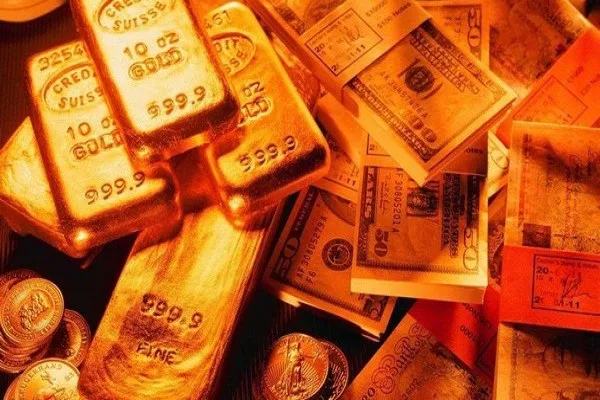During the Hubbis webinar Gold 360° – Empowering Wealth Advisers to Guide HNW Clients recently, Ray Jia, Head of Research for China at the World Gold Council (WGC), delivered an in-depth analysis of gold’s supply and demand dynamics. His insights reinforced gold’s position as a resilient and strategic asset for high-net-worth (HNW) investors amid ongoing economic and geopolitical uncertainties.
Gold’s Remarkable Rally: Safe-Haven Demand Drives Growth
Jia opened by highlighting gold’s impressive performance following a historic 2024, which saw 40 all-time price highs. “Gold has continued its upward momentum in 2025, delivering a 27% return as of last Friday, with 25 new all-time highs,” he stated. This surge is largely attributed to increased safe-haven demand as investors seek protection against volatile markets and weakening confidence in fiat currencies, especially in the aftermath of April’s Liberation Day events.
The WGC, representing 32 leading gold mining companies, regularly publishes the Gold Demand Trends report, providing a detailed overview of market movements. Jia used data from the Q1 2025 report released in late April to explain gold’s diverse demand drivers.
Demand Trends: ETFs and Central Banks Lead the Charge
Financial demand for gold, particularly through exchange-traded funds (ETFs), has been a key growth factor. ETF holdings increased by 227 tons in Q1 2025 and further rose to 342 tons by April—marking the strongest quarterly inflow since early 2022. “This surge in financial demand has significantly influenced gold’s price, pushing it beyond the $3,000 mark,” Jia noted.
Central banks also continued their aggressive buying, acquiring over 240 tons in Q1 alone. This reflects a sustained three-year trend, with annual purchases exceeding 1,000 tons—double the 10-year average of 500 to 600 tons.
Meanwhile, physical demand showed mixed signals. Bar and coin purchases remained stable at 325 tons, with increased buying in Eastern markets offsetting a decline in the West. Jewelry demand softened due to rising gold prices and economic uncertainties, though it maintained strong value terms. The technology sector, which consumes about 80 tons quarterly, remained steady, buoyed by gold’s essential role in AI-driven chip production. “The tech sector remains stable, reflecting the rapid growth in AI applications,” Jia explained.
Supply Side: Stable Production and Limited Recycling
On the supply front, Q1 2025 saw record mine production. However, gold recycling unexpectedly declined despite elevated prices. Jia explained, “Investors prefer to hold onto gold, anticipating further price gains, and the economic conditions aren’t severe enough to force sales.” This contrasts with previous cycles where high prices typically spurred more recycling.
The total above-ground gold stock stands at approximately 216,265 tons, with around 55,000 tons of economically viable reserves underground. Mine production growth has averaged just 1% annually over the past decade, constrained by the long timelines and challenges of mining new deposits. “We do not expect a significant supply increase in response to higher gold prices,” Jia said, dismissing fears of reserve depletion in the near to medium term.
Gold’s Dual Role: Investment and Consumption Balance
Jia emphasized gold’s unique position as both an investment and a consumption asset. “Price surges or recessions often lead to reduced consumption but increased investment due to safe-haven demand,” he said. This balance stabilizes the market as demand shifts between sectors like jewelry and investment according to economic conditions. For example, while jewelry demand softened in Q1, strong inflows into ETFs and central bank purchases maintained overall demand.
In India, a major gold market, demand for gold ETFs has risen steadily since a tax reform in July 2024. The new rules treat gold ETFs held over 12 months as long-term assets, down from 36 months, lowering tax rates and stimulating inflows. “This policy change has driven consistent demand growth in Indian gold ETFs,” Jia noted, though China and North America remain the largest ETF markets.
Strategic Portfolio Diversification with Gold
Jia’s analysis confirmed gold’s lasting appeal as a portfolio diversifier, especially for HNW investors facing uncertain global markets. With increasing correlation between stocks and bonds and rising doubts over the US dollar’s reliability, gold’s role as a safe haven becomes critical. Allocating 5–10% of a portfolio to gold in any form offers effective protection against inflation and currency risks. “Gold’s value lies in its long-term stability,” Jia concluded.
Amid ongoing uncertainties—ranging from US policy changes to widening credit spreads—Jia’s data underscores gold’s essential function as a stable anchor. The WGC’s insights offer a clear roadmap for investors seeking wealth preservation in an unpredictable economic environment.


